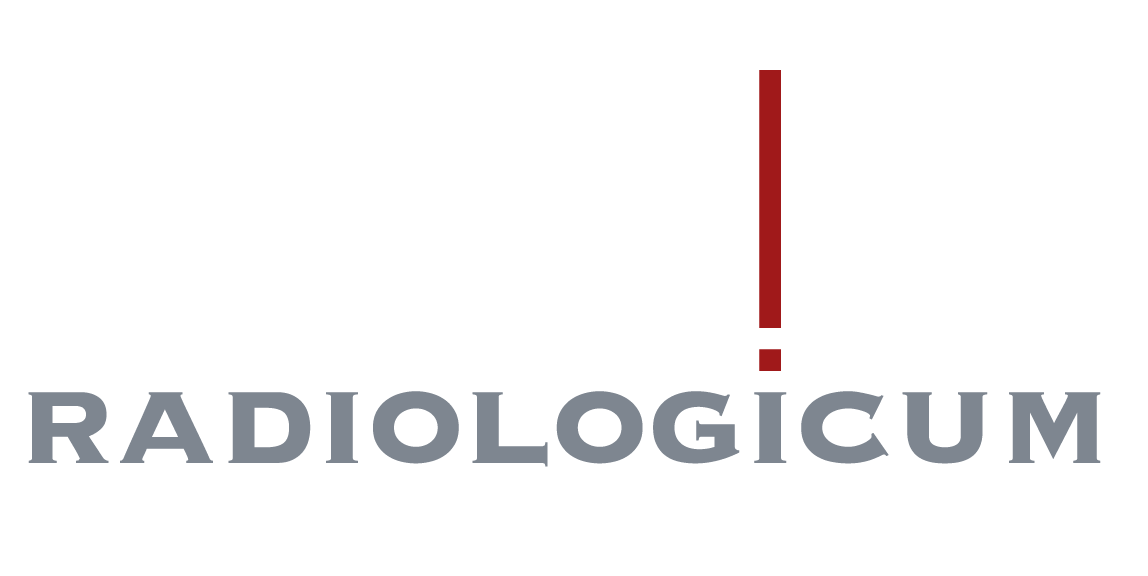During the examination of the head and neck a lot of regions can be examined. The head for example, we can specifically examine the orbits, brain, sinuses, upper- and lower jaw. According to your complains, symptoms or indications, the examination will be adapted. For example by a head examination, inflammation of the optic nerve, headache, epilepsy or inflammation of the sinuses. For example by a neck examination, larynx, throat, thyroid or glands.
What is the procedure for a head and/or neck MRI?
You will lie down on a table that slides into the MRI-scanner, in supine position with your head first. Your head and neck will be placed in a coil (so called head-neck coil) that makes the examination possible. During the examination your head and/or neck will be in the centre of the scanner. The most important thing is that you lie comfortably, because the duration of the examination is between 20 to 30 minutes. If the head and the cervical spine or the head and the neck are examined, the duration of the examination is around 60 minutes. The radiographer will instruct you remain very still, because every movement is seen as a so-called artefact, and affects the examination quality. We recommend you to close your eyes and when the neck is being examined: swallow as little as possible.
When is contrast material being used?
For most head and neck examinations contrast material intravenously must be injected. This makes it possible to recognize diseases, for example tumour or inflammation. It is also possible to show the vessels of the neck and the brain. Before the examination starts, you will be prepared and informed by the radiographer.
